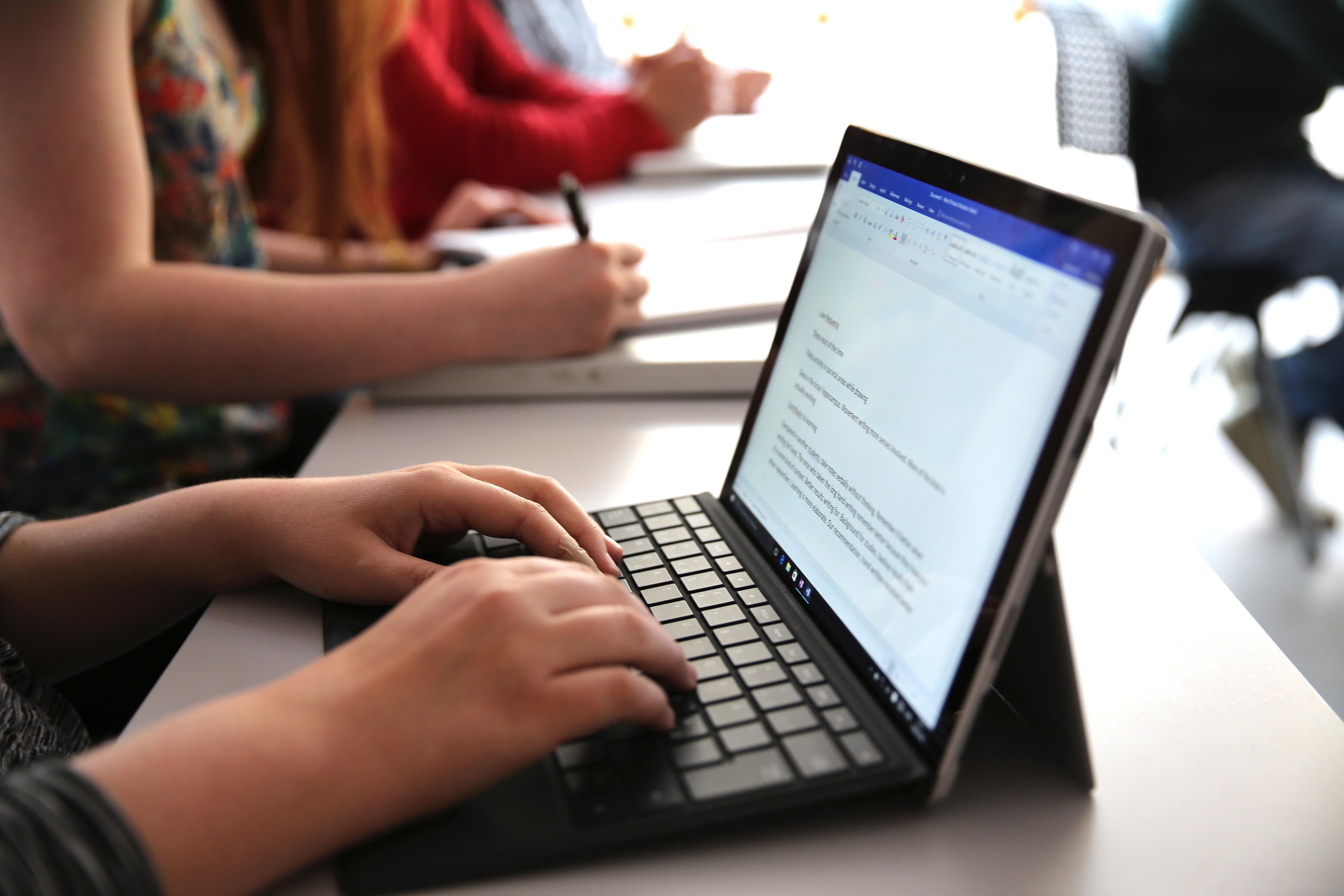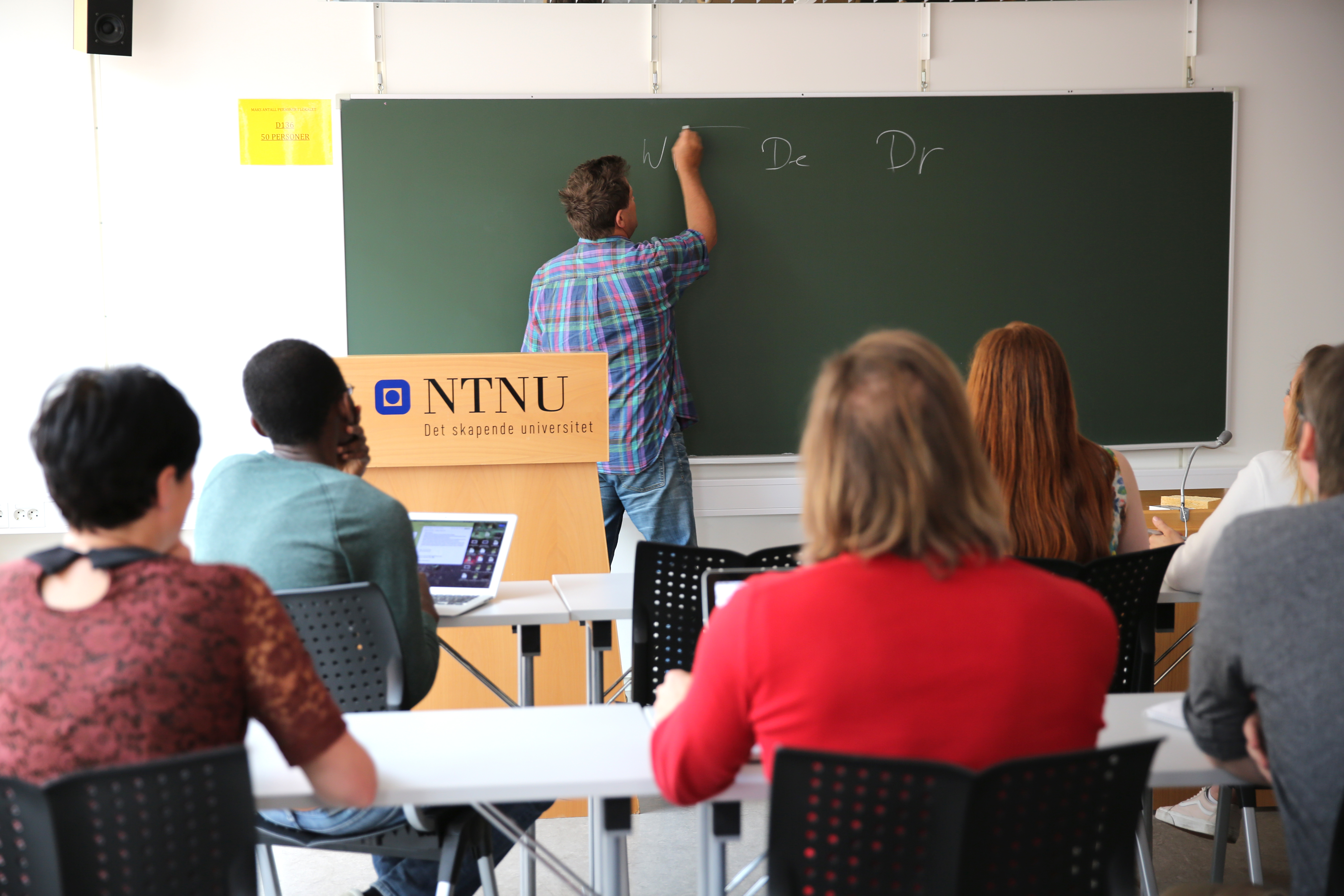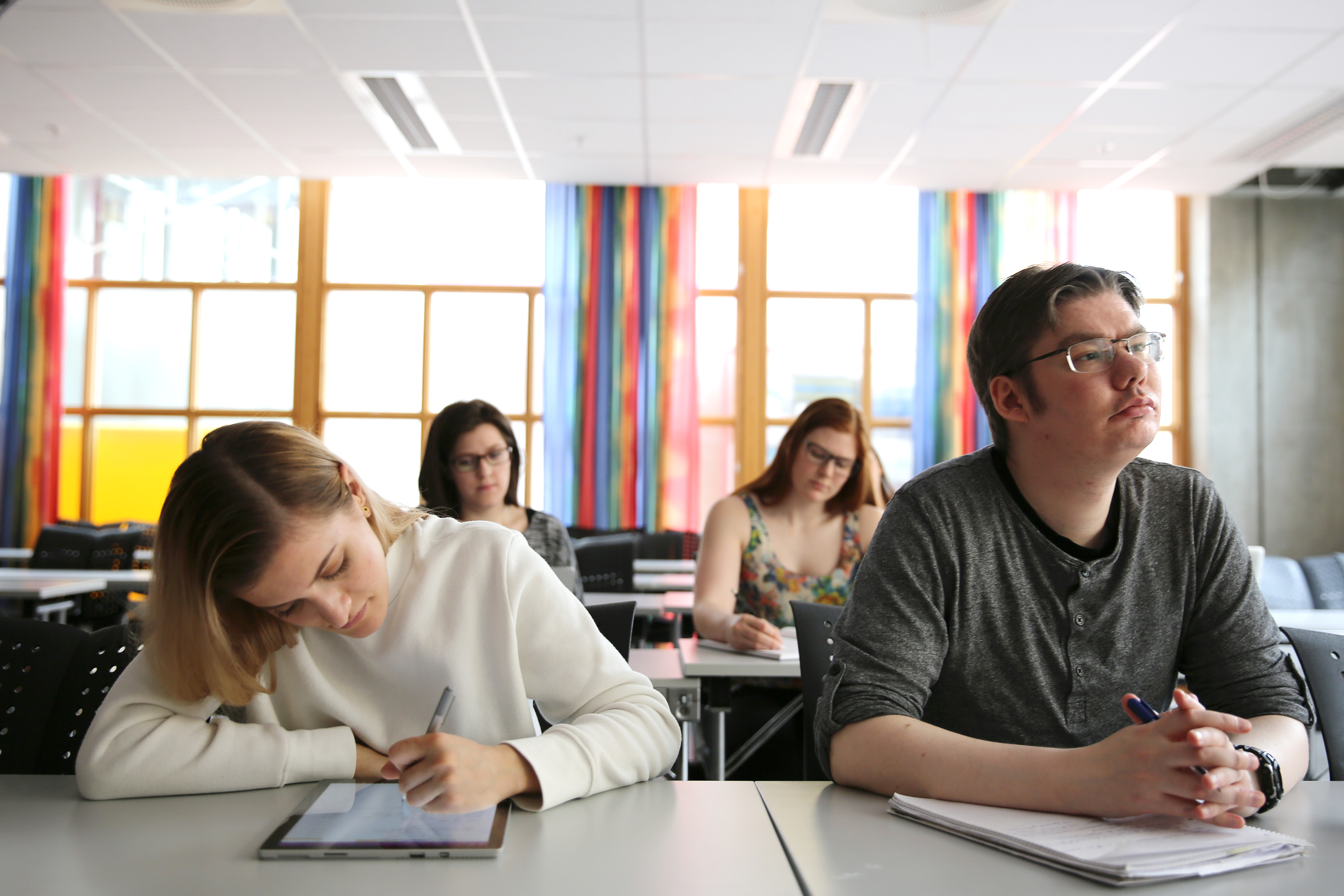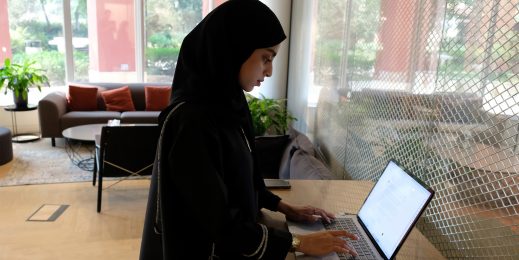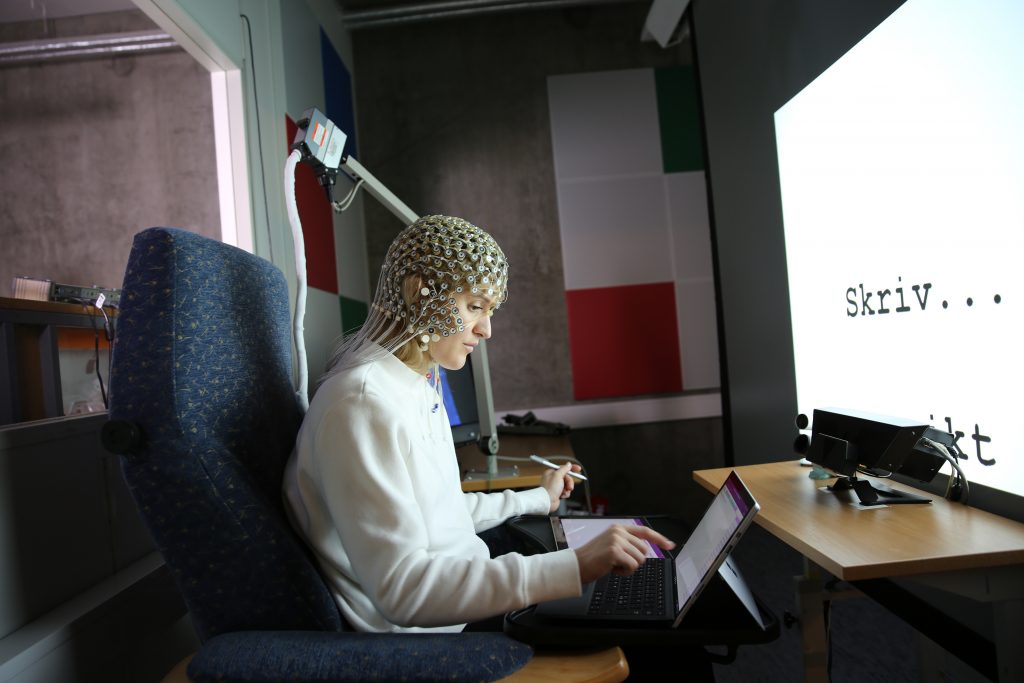
Research reveals the power of the pen in learning
The pen is mightier than the keyboard
.
The days of frayed notebooks and chewed up pens are coming to an end.
Step into a lecture theatre today, and you’ll be met with the orchestral clatter of laptop keys, as students record their lecturer’s wisdom. But before the humble pen is bid goodbye, it’s important to consider the role it can still fill in an increasingly digital learning environment.
Understanding how technology and learning intersect is a fascinating area for many, including cognitive neuropsychologists Audrey van der Meer and Ruud van der Weel from the renowned Norwegian University of Science & Technology (NTNU).
Experts in their field, the researchers have dedicated years to studying the differences between using a pen and a keyboard, to see how both tools impact learning.
Inspired by previous studies that suggested long-hand notetaking using a pen deepens the mind’s ability to retain and process information, van der Meer and van der Weel carried out a two-month research project with students, which has since been peer-reviewed.
Their project aimed to find out whether notetaking by typing versus notetaking with a pen would bring about differences in brain activity, thereby affecting a student’s ability to learn.
Resembling something from a science-fiction movie, the researchers hooked students up to more than 250 sensors that monitored their brain signals, as they completed tasks involving typing and note-taking by hand.

.
We learn differently when using a pen and keyboard
The results found that when writing or drawing by hand, different parts of the brain were active and in different ways:
“…we found direct electrophysiological evidence that drawing by hand activates larger networks in the brain than typing on a keyboard. When drawing target words using the laptop tablet stylus, relevant brain areas (parietal/occipital) showed desynchronized activity (ERD) in the theta/alpha range. Existing literature suggests that such oscillatory activity provides optimal conditions in the brain for learning.”
This pioneering research provided the first electrophysiological evidence that the brain behaves differently when writing or drawing using a pen compared with typing on a keyboard.
The researchers conclude that rich sensory-motor experiences seem to facilitate learning, or put simply, it is the physical movement of the pen that makes the difference. The movement is picked up by the senses and, due to their involvement, results in different neural activity that governs all higher levels of cognitive processing and learning.
Explaining the importance of the results, van der Meer says that,
“This difference in activity is really significant, it tells us that using a pen to take notes means that the brain is able to process learning in a much more effective way.”
Traditional note-taking with 21st century technology
At a time when so many students are using laptops exclusively for their work, the research underlines the power of the pen in learning.
This has implications for students looking to get the most out of their education, with van der Meer adding, “I really hope this research will help bring notetaking with a pen back into classrooms.”
As the research findings outline, the pen has significant potential to enrich our learning and therefore has a place in education today, but not necessarily at the expense of our digital devices.
Van der Meer suggests there are many tablet and hybrid devices currently available that allow the use of a pen or stylus, helping students to get the most out of ancient and modern technology.

.
“Stylus technology – like the Surface Pen – provides a means to have an electronic record of one’s notes all in one place, while also having the benefit of integrating sensorimotor information as it comes in via the senses and is subsequently processed in the various parts of the brain through hand movement,” noted van der Meer.
While we may have been forgiven for believing the pen would soon be retired in our increasingly digital world, it is in fact as important and relevant now as it has been throughout the ages. Instead of seeing the pen as part of an analogue world, it can be embraced as a component of our digital learning experiences.
Research carried out by Audrey van der Meer & F.R. (Ruud) van der Weel, Department of Psychology, Developmental Neuroscience Laboratory, Norwegian University of Science & Technology (NTNU), Trondheim, Norway
How did it work?
The research method has been used in a number of previously published scientific journals and specifically by van der Meer and van der Weel.
Across March and May 2016, a total of 20 Master and Bachelor students between the ages of 21-25 were recruited by Norwegian University of Science and Technology (NTNU) to take part in the study.
The participants used 2-in-1 Surface Pro 4 devices as part of an experiment based on the popular family game, Pictionary™ (Hasbro, 1985). Twenty words were presented three times in a random order. For each trial participants were instructed to:
- Typewrite the word repetitively separated by a single space using their right index finger on the laptop tablet keyboard,
- Describe the word using their right index finger on the laptop tablet keyboard,
- Copy the word using their right hand with a stylus on a second, identical laptop tablet. Two identical Microsoft Surface Pro 4 laptop tablets with Type Cover and Surface-pen were used. The laptop data produced by the participants were stored in Microsoft OneNote for offline analysis.
The scientists used a Geodesic Sensor Net (GSN) 200 – essentially, a very high-tech ‘hairnet’ – consisting of 256 sensors evenly distributed on the participant’s head, to measure brain activity throughout the experiment. The data captured from the sensors was analysed to deliver the researchers’ conclusions.





